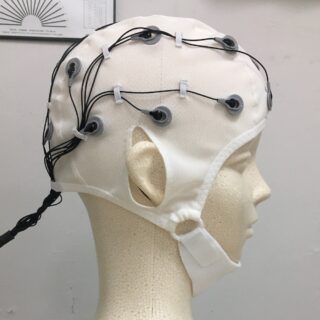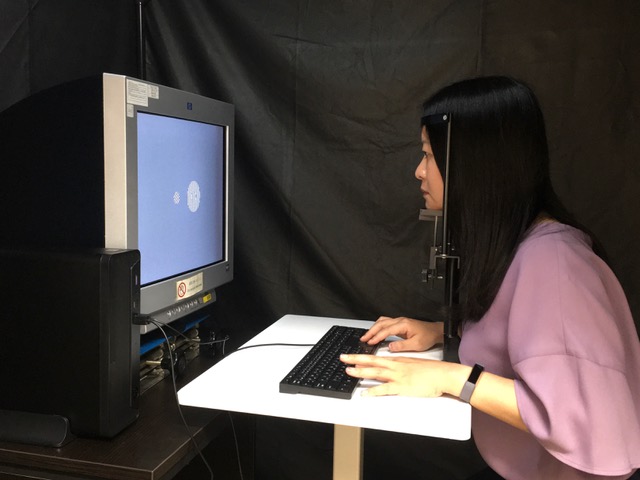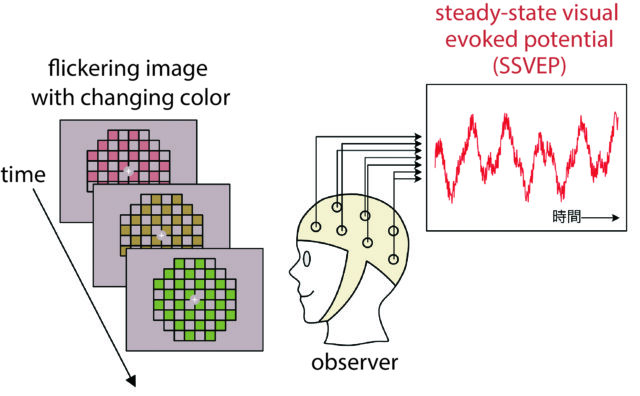Profile
- Research Subject
I am interested in how we see the world, especially how we use spatial and temporal contexts to process visual information in the brain. I mainly conduct experimental research using psychophysical methods.
- Research Fields
- Vision Science
- Faculty - Division / Research Group / Laboratory
- Division of Human Sciences / Research Group of Psychology / Laboratory of Psychology
- Graduate School - Division / Department / Laboratory
- Division of Human Sciences / Department of Psychology / Laboratory of Psychology
- School - Course / Laboratory
- Division of Humanities and Human Sciences / Course of Human Sciences / Laboratory of Psychology
- Contact
Office/Lab: E404
Email: sakaneko(at)let.hokudai.ac.jp
Replace “(at)” with “@” when sending email.Foreign exchange students who want to be research students (including Japanese residents) should apply for the designated period in accordance with the “Research Student Application Guidelines”. Even if you send an email directly to the staff, there is no reply.- Related Links
Lab.letters


Chasing the wonders of vision: vision converts objective reality into subjective experience.
The vision we enjoy in our daily lives consists of three factors: external stimuli, senses to perceive them, and subjective visual experiences. Vision conjures up some wonderful illusions: jazzy static patterns that appear to be moving, colored objects that look completely different colors to yourself and a friend when you both look at them. Why do these illusions happen? Everyone can easily experience them, which is what makes vision so interesting. You can formulate your own hypotheses to explain these illusions and analyze data from your own experiments. When you complete these processes, new discoveries that only you can obtain will surely await you.
Perfect place for lively discussions and active research collaborations.
The laboratory of psychology at Hokkaido University is home to a number of researchers who specialize in human vision. This provides an ideal environment for lively discussion and joint research. There is also the Center for Human Nature, Artificial Intelligence, and Neuroscience of Hokkaido University that serves as a platform for interdisciplinary studies on the brain and mind. I may have a chance to collaborate with these people from different disciplines. During my student days, I was lucky to be in an environment where I received one-on-one guidance from my academic supervisor. Through his guidance, I gained a variety of experiences that I’ve used since I became independent, such as experimental know-how, and the scientific acumen needed for research. The most important lesson I learned from him is “don’t be afraid to try my hand first, before thinking too hard”. I owe what I am today to interactions with my supervisor in those early days, and I’m determined to spend my days productively to do the same for my future students.
Message
In the left figure, there are a pair of circles, each of which are surrounded by six circles. Don’t the circles in the center of each group of circles appear to be different in size? In reality, the size of the circles in the center is identical. This phenomenon of objects appearing different from reality is called a visual illusion. The visual illusion is not only interesting to see but also provides an instrumental source of information for the mechanisms behind how we humans see things. The Ebbinghaus illusion described above, for instance, indicates that we determine the size of an object by comparing it with its surroundings. As just described, our laboratory focuses on delving into the mechanisms of how humans see things through various optical illusions and the properties of perceptual phenomena.
The Ebbinghaus illusion is a classical illusion known for a long time, as can be inferred from the fact that it is named after a psychologist from the 19th century, Hermann Ebbinghaus. However, just several years ago (in 2015), when the illusion was shown in motion, illusory effects were found to be greatly enhanced, attracting public attention. In other words, there is still more to be learned about even when it comes to well-established phenomena. Perhaps you could be the one to uncover such secrets. I cordially welcome those who wish to explore the wonder of vision to our laboratory.




